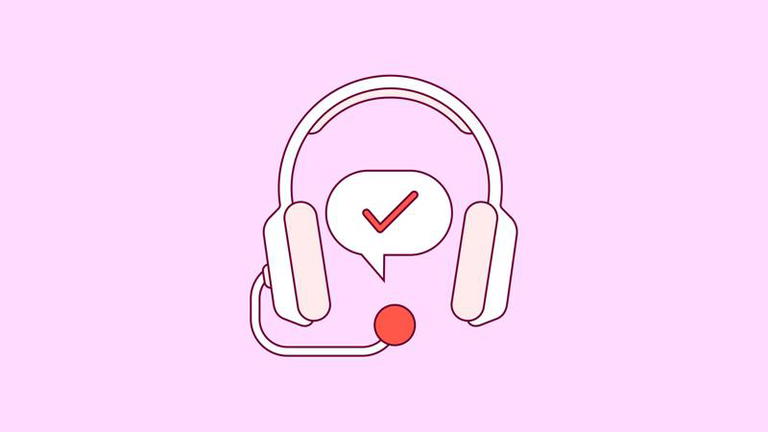Active listening is a skill that can improve your communication, relationships, and productivity. It involves paying full attention to what the other person is saying, without getting distracted, interrupting, or judging. Active listening also means showing interest, empathy, and curiosity, and asking questions to clarify and deepen your understanding.
But how can you become a better active listener? Here are some tips and techniques you can practice in your daily conversations:
Prepare yourself mentally and physically. Before you start a conversation, make sure you are in a comfortable and quiet place, where you won’t be disturbed by noise, notifications, or other distractions. Also, clear your mind of any preconceived notions, biases, or agendas, and focus on the purpose and goal of the conversation.
Maintain eye contact and positive body language. Eye contact is a sign of respect and interest, and it helps you stay focused on the speaker. You can also use other non-verbal cues, such as nodding, smiling, leaning forward, and mirroring, to show that you are engaged and attentive. Avoid crossing your arms, fidgeting, looking away, or checking your phone, as these can signal boredom, impatience, or disrespect.
Listen to understand, not to respond. One of the biggest barriers to active listening is the tendency to interrupt, argue, or offer advice, before the speaker has finished their point. This can make the speaker feel unheard, frustrated, or defensive, and it can prevent you from grasping the full meaning and context of their message. Instead of thinking about what you want to say next, focus on what the speaker is saying, and try to understand their perspective, feelings, and intentions.
Paraphrase and summarize what you heard. A good way to check your understanding and show that you are listening is to restate what the speaker said in your own words. You can use phrases like “So, what you are saying is…”, “Let me see if I got this right…”, or “In other words, you mean that…”. This can help you clarify any confusion, confirm any assumptions, and highlight any key points or takeaways.
Ask open-ended questions to learn more. Another way to demonstrate active listening is to ask questions that invite the speaker to elaborate, explain, or give examples. You can use words like “who”, “what”, “when”, “where”, “why”, and “how” to start your questions. For example, you can ask “How did that make you feel?”, “What did you learn from that experience?”, or “Why do you think that happened?”. Avoid asking yes/no questions, leading questions, or multiple questions at once, as these can limit the speaker’s response, influence their answer, or overwhelm them.
Express empathy and appreciation. Active listening is not only about understanding the facts and logic of what the speaker is saying, but also about recognizing and acknowledging their emotions and values. You can use empathetic statements, such as “I can see how that would be upsetting”, “That sounds really exciting”, or “I appreciate your honesty”, to show that you care and respect how the speaker feels. You can also use appreciative statements, such as “Thank you for sharing that with me”, “I’m glad you brought that up”, or “I value your opinion”, to show that you are grateful and interested in what the speaker has to say.
Active listening is a skill that can benefit you in many aspects of your life, from personal to professional. By practicing these tips and techniques, you can improve your communication, relationships, and productivity, and become a more effective and influential listener.
